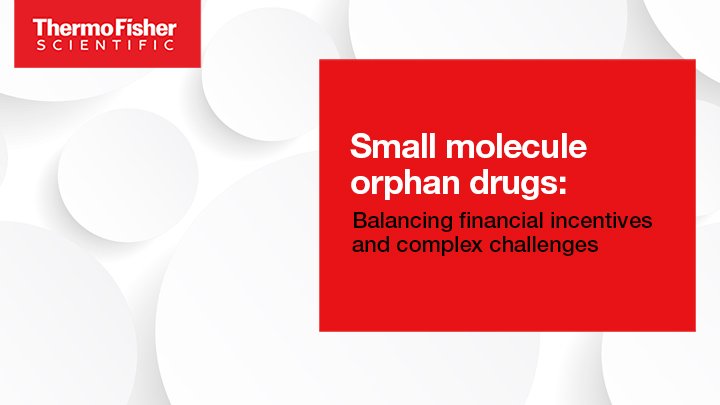
Rare Disease Awareness and Patient Advocacy
What is Rare Disease Day?
Rare Disease Day was first observed in 2008 and since then, it has been celebrated at the end of February.
The purpose of Rare Disease Day is to bring awareness and recognize the over 7,000 rare diseases that currently exist and their devastating impact on society. Patients, their families, researchers, advocates, and others get involved by sharing their stories, hosting, or attending events, and providing educational initiatives to inform others about rare diseases.
It is all about supporting those living with rare diseases and giving compassion, encouragement, sharing ideas and bringing a positive change.
Please share Rare Disease Day’s materials raise awareness and instigate change for people living with a rare disease.
300 million
people are impacted by rare diseases globally
7000+
rare diseases currently exist
1 in 10
Americans are affected by a rare disease
5%
of rare diseases have approved treatment
95%
of rare diseases does not have any treatment
50%
of those who are affected by rare diseases are children
What is NORD doing to combat rare diseases?
The National Organization for Rare Disorders (NORD®) is working to establish high-functioning Rare Disease Advisory Councils in every state through Project RDAC.
An RDAC is an advisory body that gives the rare community a stronger voice in state government. RDACs address the needs of rare disease patients and families by giving stakeholders an opportunity to raise awareness and make formal recommendations to state leaders on the most important issues they face.
Getting Orphan Drugs to Patients Faster
For companies pursuing an orphan drug, successfully traversing the path to regulatory submission requires striking the right balance of speed-to-clinic and cost. While there is no one-size-fits-all approach, shared characteristics of successful development projects include:
Early and frequent engagement with regulatory authorities
Alignment of CMC and clinical activities
Transparent communication among internal and external stakeholders
An integrated vendor strategy

